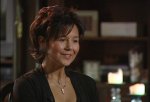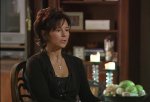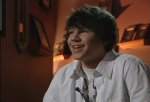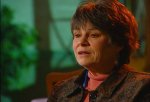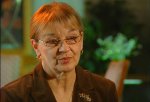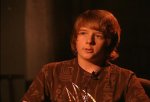I have no idea what changed...except now I"m looking at B-Roll Online on my PC instead of my MAC. I was logged on for both visits but the pics are here now for me to see!
Nice shots.
The woman in the first pic looks shiny. She could use some powder.
Just curious but...is all of your lighting work on the subject or do you also consider putting some light on the background that I just may be missing.
Lots of shooters think "lighting" and only light the subject, ignoring the background. I consider the frame as having several key elements. Subject, background and foreground. Each should be considered when lighting...if there is time.

Lighting is not only used to make the subject look nicer but to also help separate the subject from the background...at least that's my personal lighting theory. Another light used on the background would add an extra level of style to your product and help achieve better separation.
Even if the background is boring, like "just filing cabinets" you can throw a slash of light or do something else with an additional light to break up the background and let it be seen without distracting from the subject. To ignore it leaves you with a limbo look that...well...is kind of old style studio looking, which is fine if that is the effect you were looking for.
I can tell on the other shots it looks like you might have put a light on the background, but since it's coming from the same angle as your key light, it goes unnoticed, for the most part. MOre obvious with the young man who has the open shirt and a smile...but all the others not much different than if you had a big wide key or back light on the whole scene.
Consider being a little more creative with how you light your backgrounds in the future...without it taking away from the subject of your shot. All light does not have to come from above. I like to fool around with my background light. Shooting it from very low and harsher angels across the background to achieve a different look and additional visual seperation without being too obnoxiousl. Putting all light high up, to me, is like shooting an entire story from a tripod always at the same level. Different hieghts add to your creativity, making what you shoot just that much better than what others can do. Just like using the tripod at different heights for different shots.
Some of the older women look a little harshly lit. I understand wanting contrast but I can imagine many of them grimacing at seeing every nook and cranny of their faces in high contrast. A little fill would still give you some 3-D look without going flat. And it would be a little more flattering for those women to see and show to others.
How many lights? Two? Three? I understand one can only do so much with limited resources.
Just my quick thoughts. Thanks for letting us see what you're doing. It looks good.
